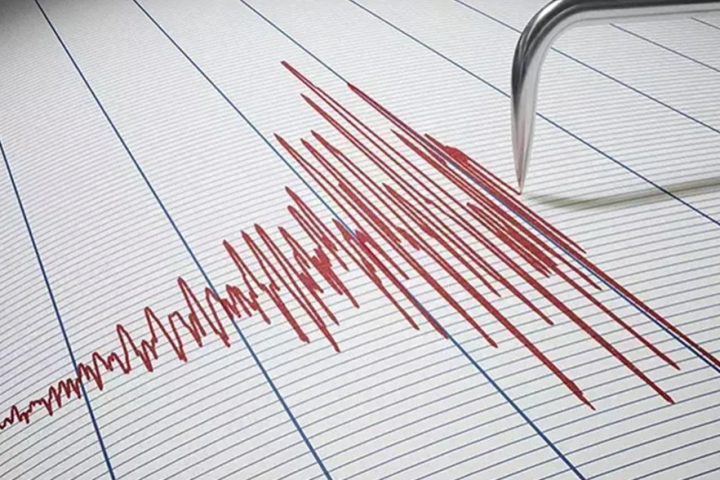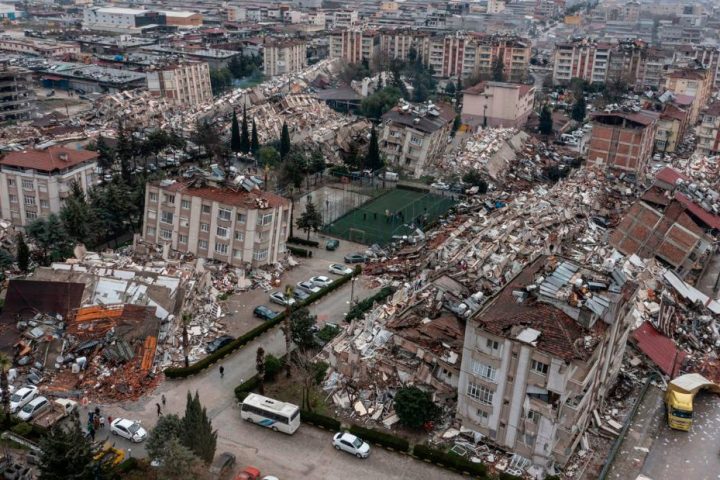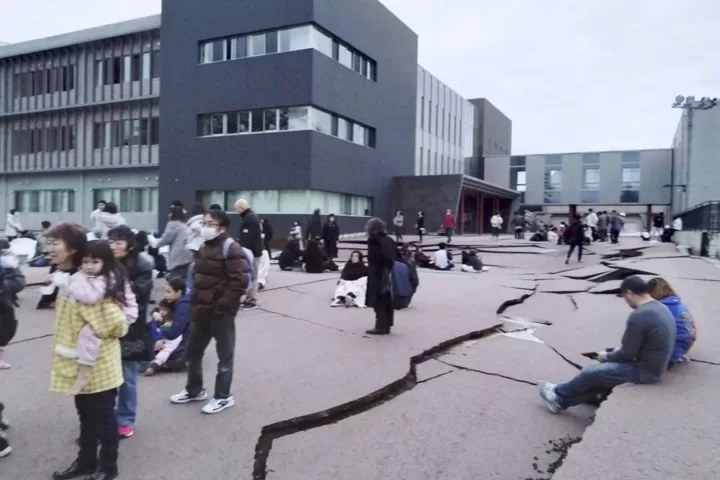On December 13, 115 AD, an unusually strong earthquake struck the ancient city of Antioch, in what is now Antakya. Current estimates put the quake at 7.5 magnitude
For centuries, no city in Anatolia suffered as much from earthquakes as the ancient metropolis of Antioch, now located in Antakya. In 115 AD, Emperor Trajan attributed an earthquake that destroyed the city to the presence of Christians and had Bishop Ignatius thrown to the lions.
Emperor Trajan and his successor Hadrian were in the area at the time of the earthquake. They were in Syria from January 114 AD. They were residing in Antiochia ad Orontem, the command headquarters during the war with the Parthians. Trajan had just returned from a campaign in Armenia when this unexpected disaster occurred.
On December 13, 115 AD, the Roman Emperor Trajan and his successor Hadrian survived a severe and devastating earthquake while wintering in Antioch. Hadrian had been in Syria since January 114 AD as an imperial legate (emperor’s legate) and therefore resided in Antiochia ad Orontem (modern Antioch). The city served as headquarters for the Parthian wars. Trajan had just returned from a campaign in Armenia when the disaster struck on the morning of December 13, 115 AD.
The earthquake in the Asi valley, with an estimated magnitude of 7.5, almost completely destroyed four other ancient cities, including Antioch, Daphne and Apamea (in Syria). The earthquake, felt throughout the Near East and eastern Mediterranean as far as Rhodes, triggered a tsunami that hit the port city of Caesarea Maritima in Judea.
The city of Antioch on the Asi River was one of the most important cities of the Greco-Roman period. It was founded in 300 BC by Seleucus I, one of Alexander the Great’s generals, and became the capital of the Seleucids. The ancient city was located on the east bank of the Asi River. It was located in what is now the modern city of Antakya.
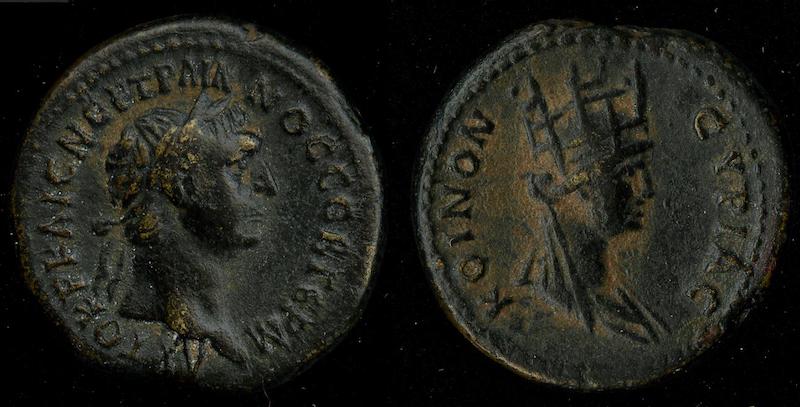
In 115 AD, Antioch was a thriving and economically vibrant Greco-Roman city on the Asi River. It was the third largest metropolis in the Roman Empire after Rome and Alexandria. The city owed its success to its location at the closest end of the Persian Royal Road, which connected the Mediterranean to Mesopotamia and Persia. This made Antioch a center of trade between the Roman and Persian worlds. Unfortunately, however, the city’s location had the misfortune of being near the junction of three tectonic plates, which made the region particularly susceptible to major earthquakes.
Caravans from Asia Minor, Persia and India passed through the city, where large-scale exchanges took place. After Rome conquered Syria in 64 BC, the city became a Roman stronghold. Roman culture added to the city’s luxury, with a forum, amphitheater, baths, hippodrome, theater, a grand colonnaded avenue and an aqueduct carrying water to fountains, public buildings and villas. The city was flourishing and was known as the “Queen of the East”. At the time of the earthquake of 115 AD, the population of Antioch was about 500,000.
The Roman historian Cassius Dio wrote the most realistic account of the disaster. In his eighty-book Roman History (Book LXVIII), he wrote how Antioch was crowded during the earthquake because the emperor Trajan had wintered in the city.
“While the emperor was waiting in Antioch, there was a terrible earthquake; many cities had casualties, but Antioch was the most unfortunate. As Trajan had spent the winter there, and as a great number of soldiers and a great number of civilians had flocked in from all sides in connection with causes, embassies, business, or excursions, there was not a nation of people unharmed; and so in Antioch the whole world under Roman rule suffered catastrophe.”
The Roman historian Cassius Dio later described the destruction the people witnessed:
“First, suddenly there was a great roar, followed by a tremendous tremor. The whole earth rose up and buildings leaped into the air; some buildings were thrown to the ground to crumble and fall to pieces, while others were tossed to and fro and toppled over as if by the swell of the sea, and the debris was spread over a great area, even in the open country.”
Soldiers and civilians were killed by falling debris and many others were trapped. The aftershocks that followed the earthquake for several days killed some survivors, while others trapped in collapsed buildings starved to death.
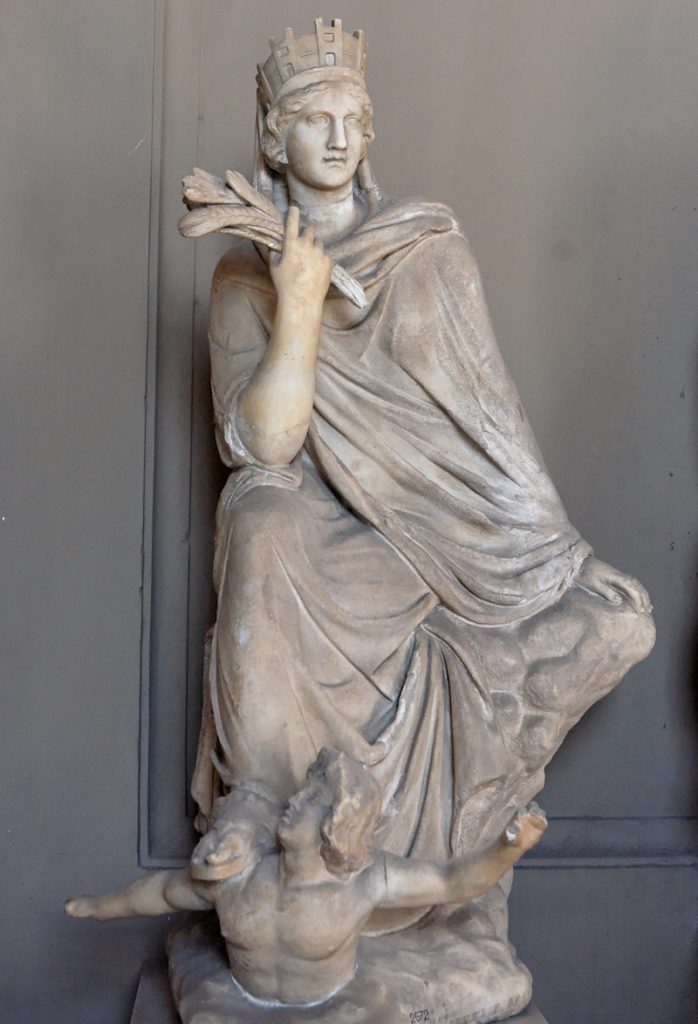
“And as the earthquake continued for several days and nights, people were left stranded and helpless, some crushed and destroyed under the weight of the buildings pressing down on them, others starved to death.”
Trajan survived and escaped with only minor injuries, but had to take refuge in the hippodrome as the aftershocks continued for several days.
“Traianus stepped out of the window of his room. A being larger than human size came to him and carried him outside, so that he escaped with only a few minor wounds; and as the aftershocks continued for several days, he lived in the open air in the hippodrome.”
Many soldiers died in the earthquake, including members of the imperial entourage. One of the most prominent victims was the consul ordinarius Marcus Pedo Vergilianus. In total, 260,000 people are said to have died during or after this event. Antioch’s population fell below 400,000 and many parts of the city were abandoned.
Soon after the disaster, Trajan began to rebuild the city. Because the 6 km aqueduct that ran between the springs of Daphne and Antioch was severely damaged, Trajan began building a new aqueduct or repaired an existing one he had already built. Trajan did not live to finish the project, so work on the aqueduct was completed by Hadrian.
On August 11, 117 AD, one year and eight months after the earthquake, Hadrian was proclaimed emperor by the army in Antioch. He remained in the city until September 117, when he left for Rome.
National Geographic. Rick Gore. December 2, 2009.
followinghadrian.com. December 13, 2015.
Imperiumromanum.pl. September 14, 2020.
Cassius Dio, Roman History.



